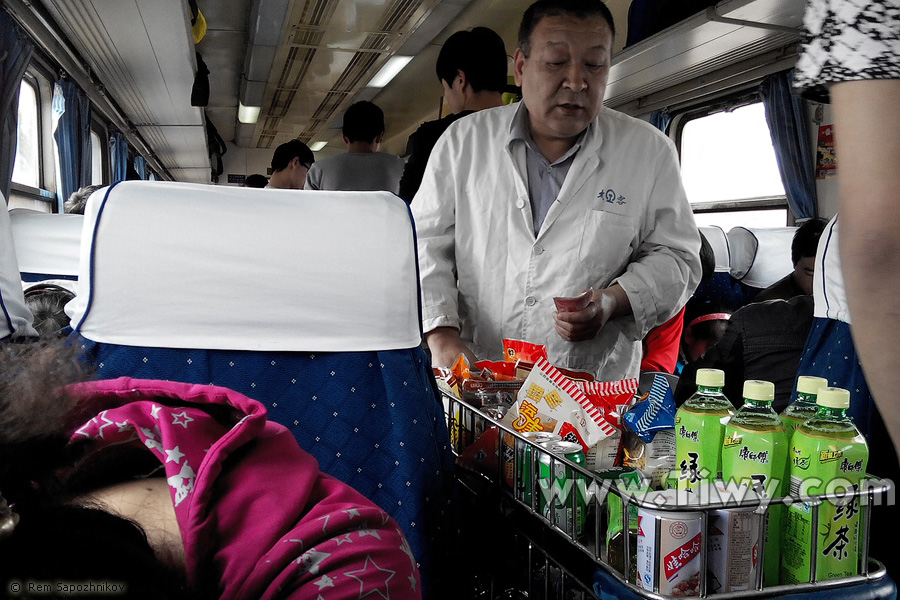From the window of the train Beijing-Taiyuan
Though my photo story begins with Taiyuan, but in China, I arrived in Beijing. And from there I have taken the train to Taiyuan. Here are the photographs of the train trip, and along with a few shots of my transfer Taiyuan-Pingyao.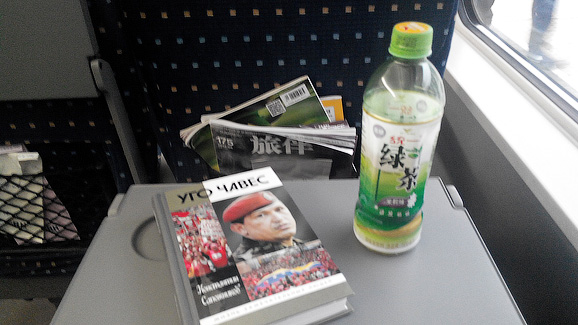
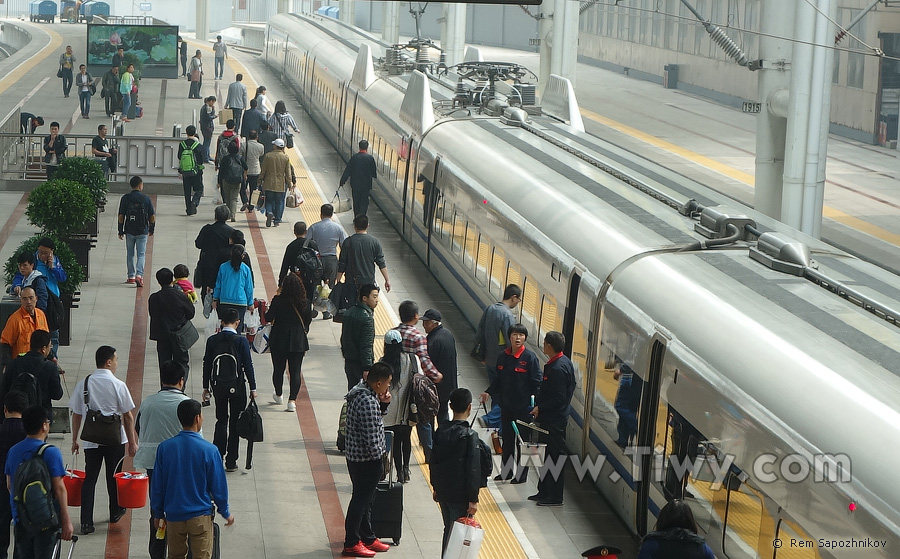
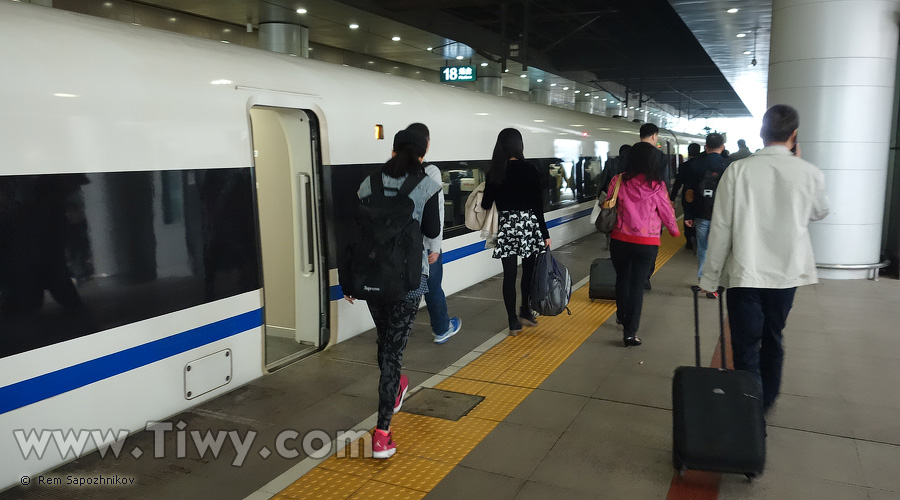
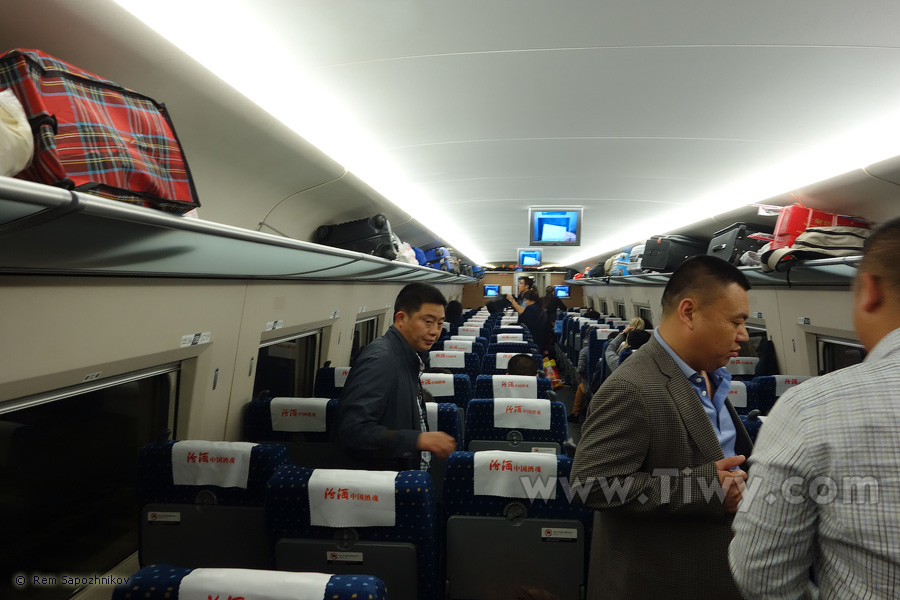
A Chinese man offered me to change my comfortable window seat at the side with two seats to his middle seat on the side with 3 seats so that he could travel next to his friend. Of course, the exchange has never taken place.
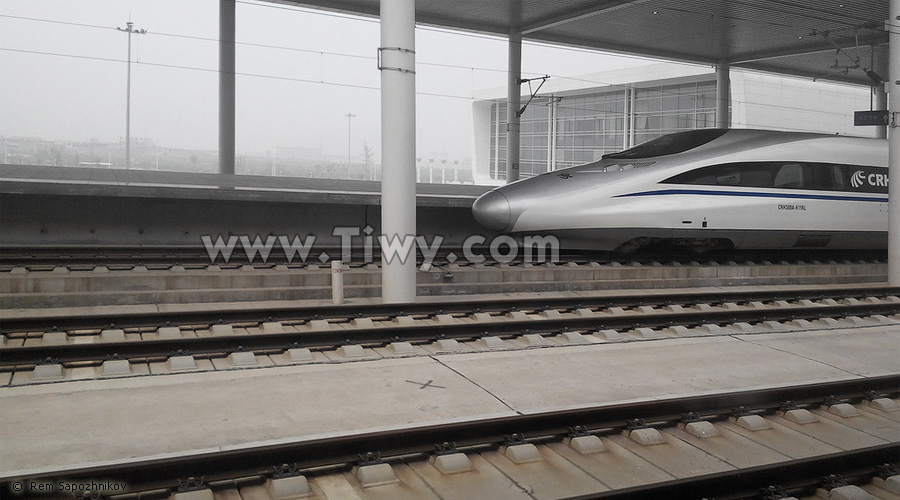
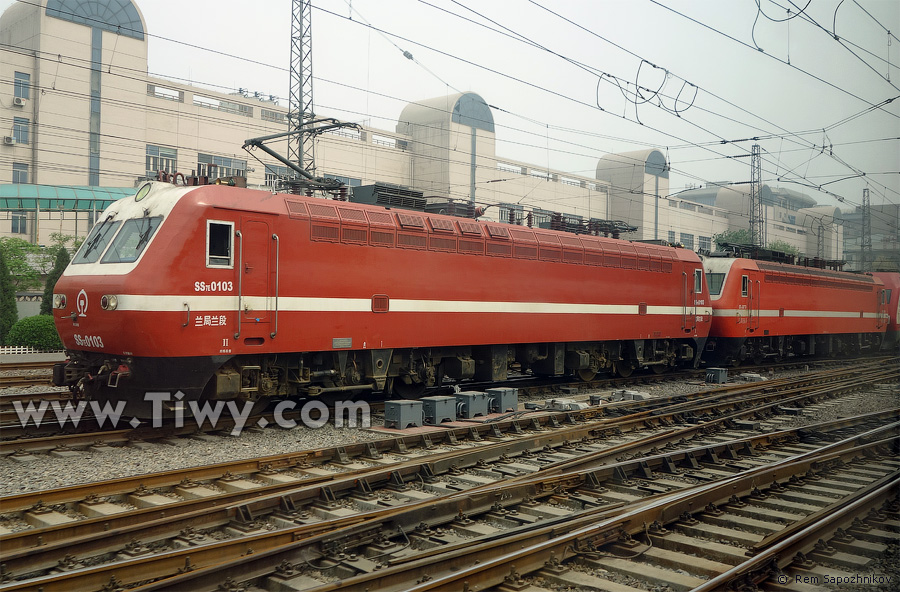
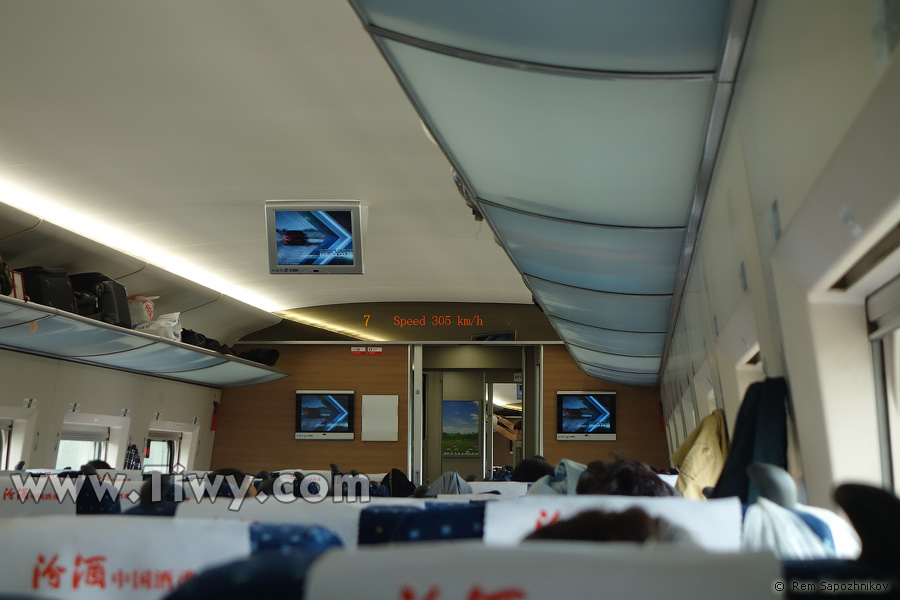



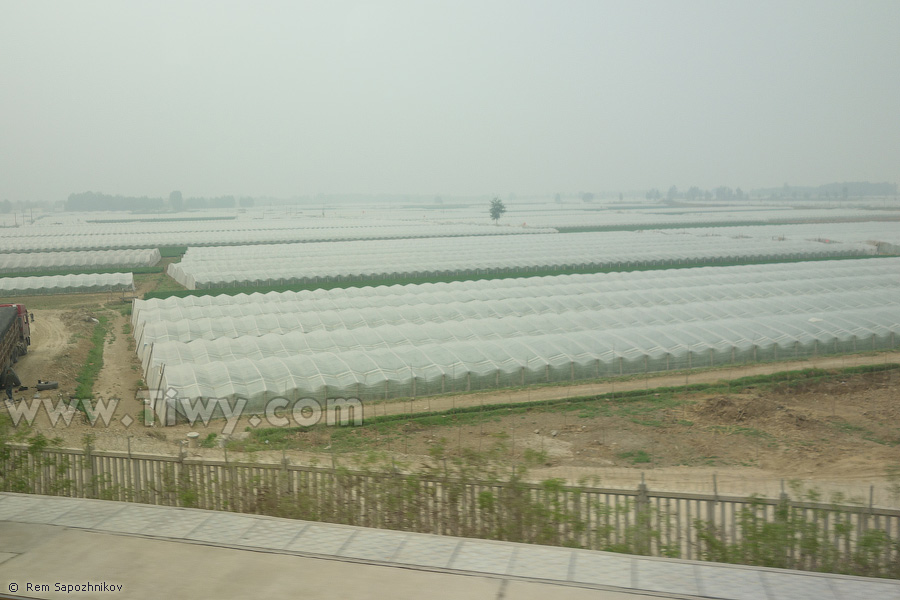
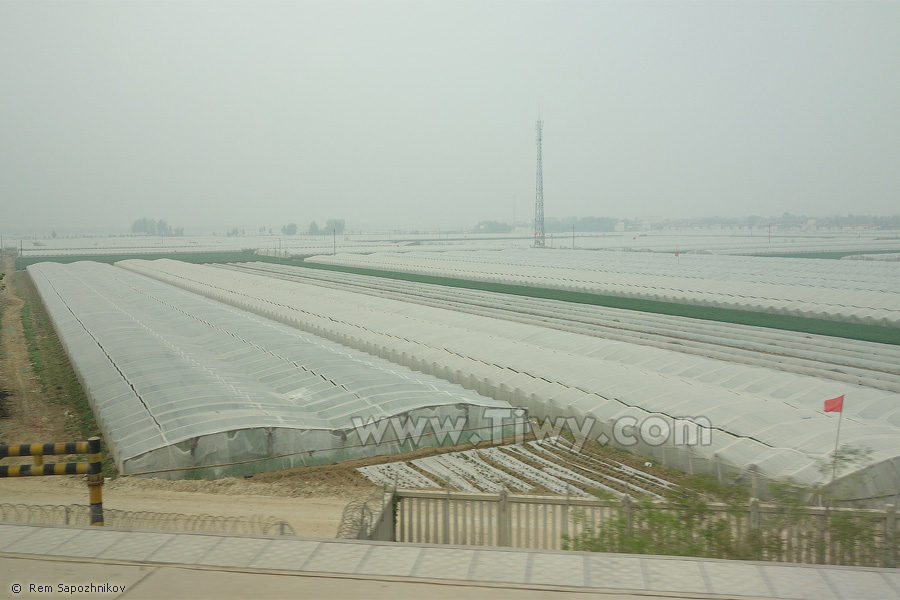

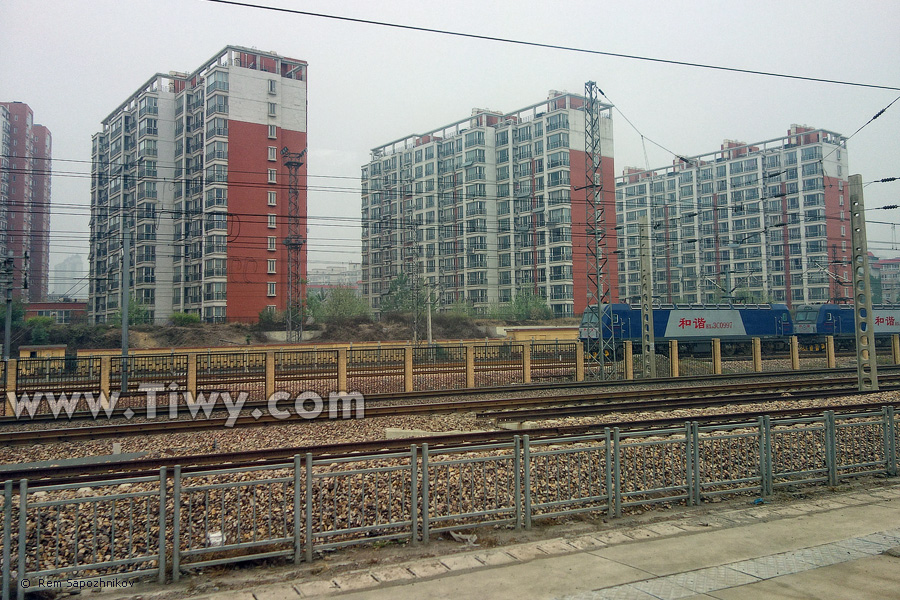
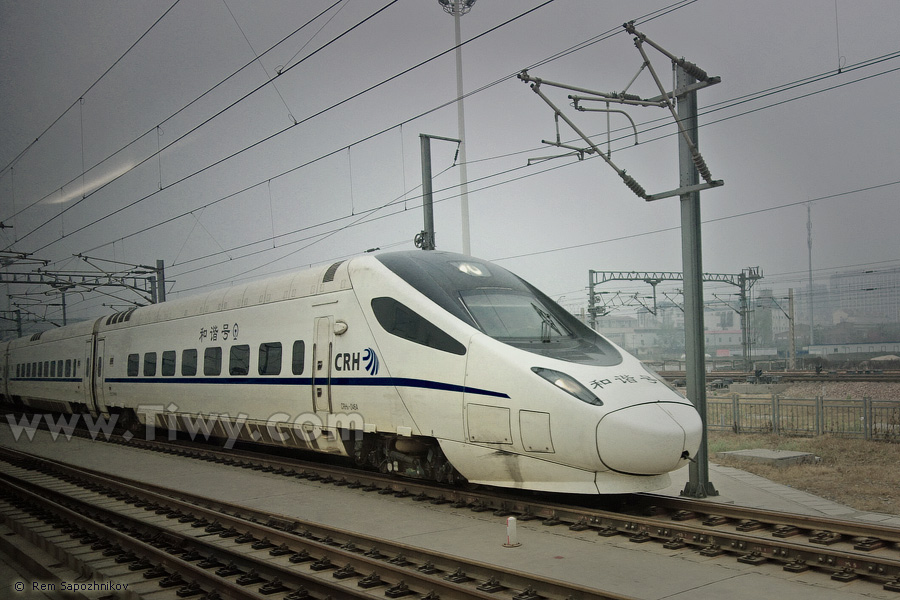
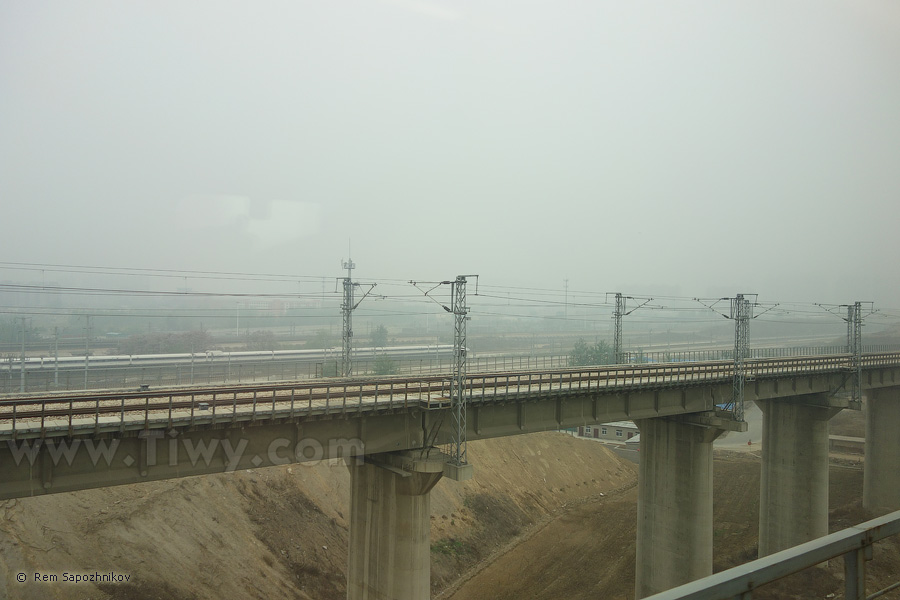
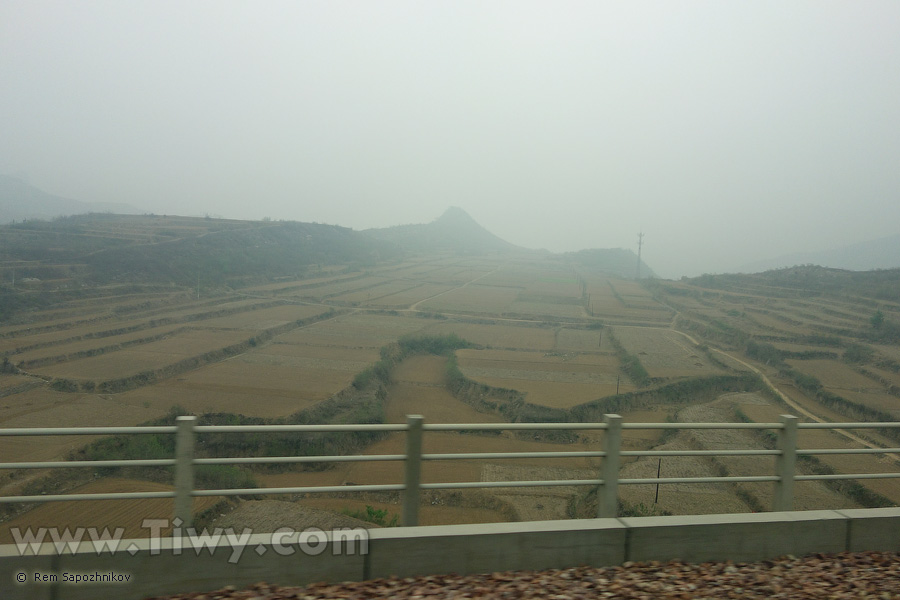
The train immediately moves from one tunnel to another. The speed is reduced to 200 km/h.
I'm in the Shanxi province, driving through the Taihang Mountains.
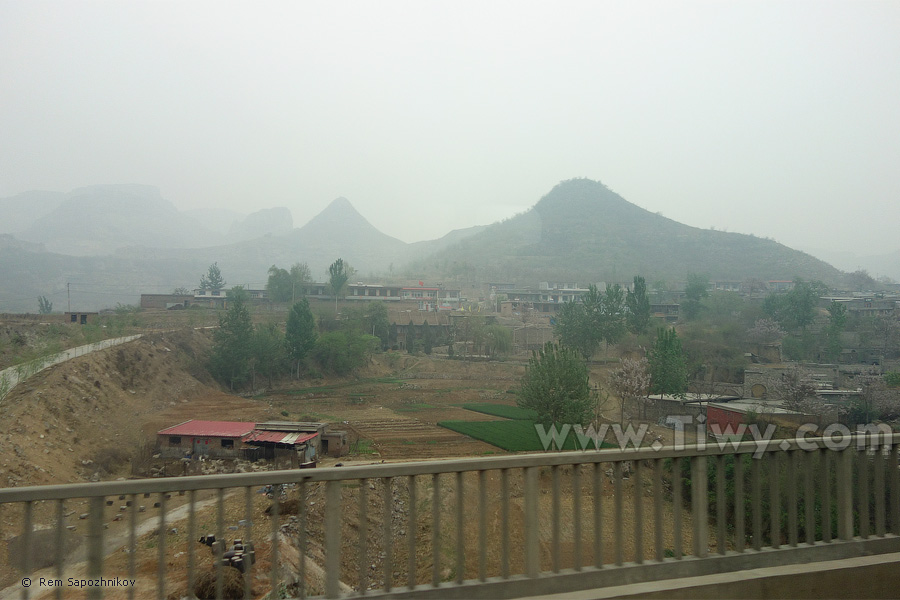
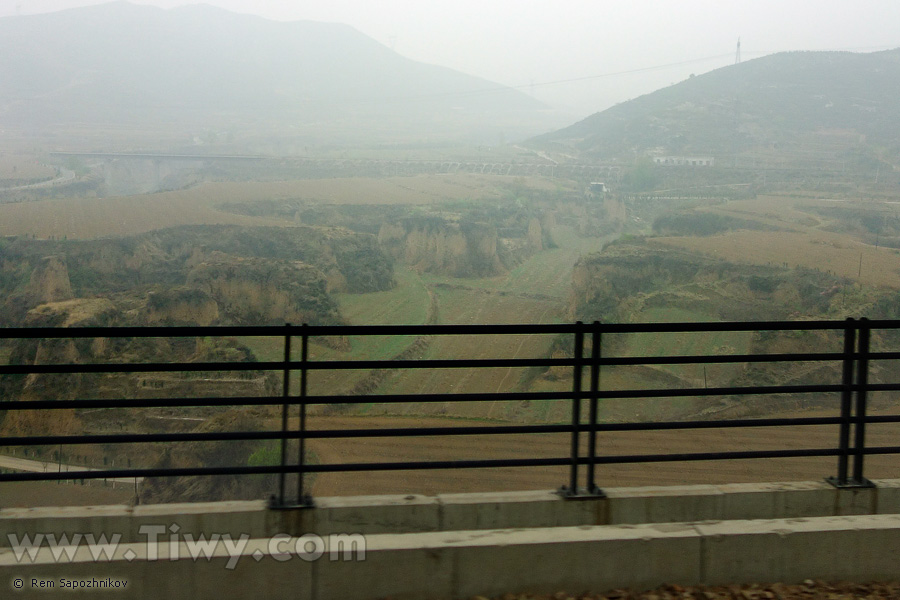
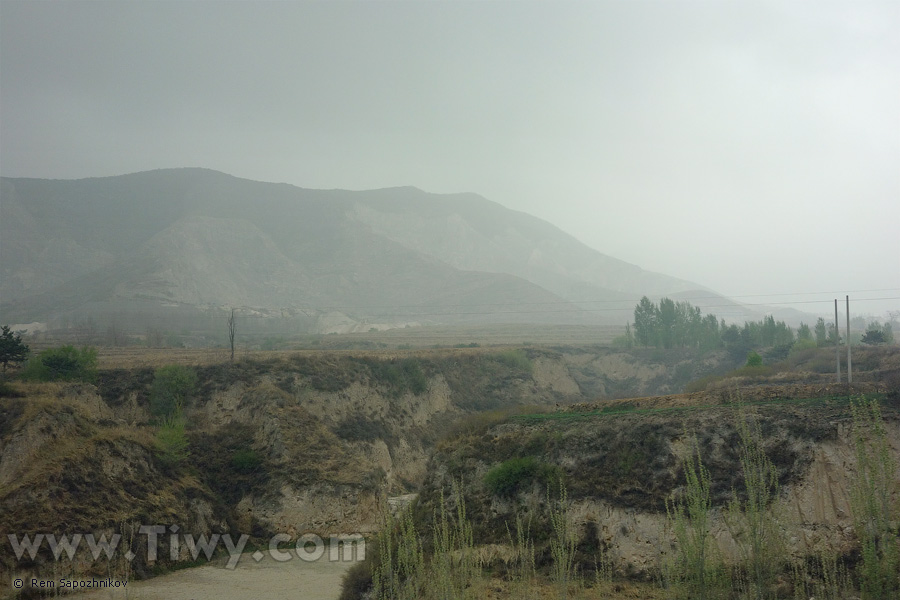
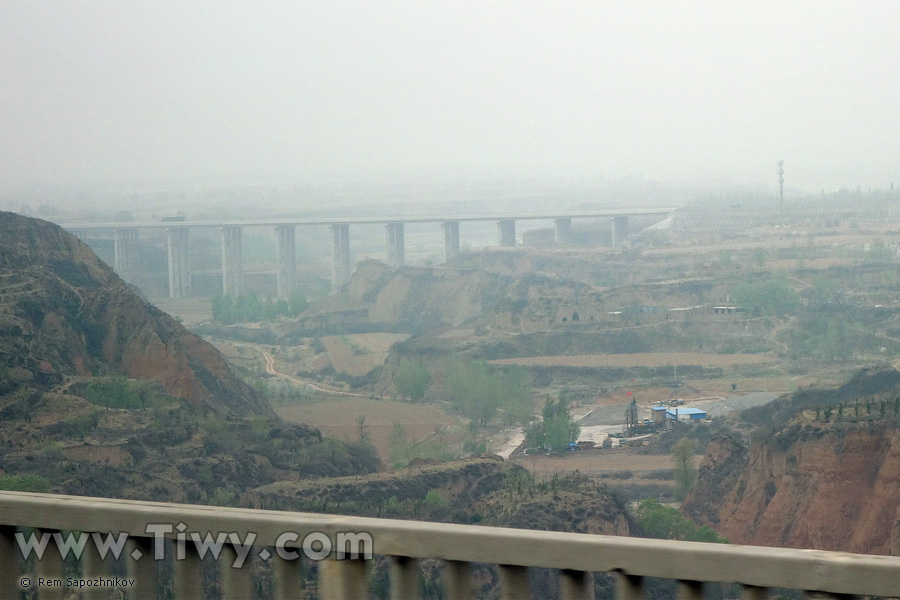
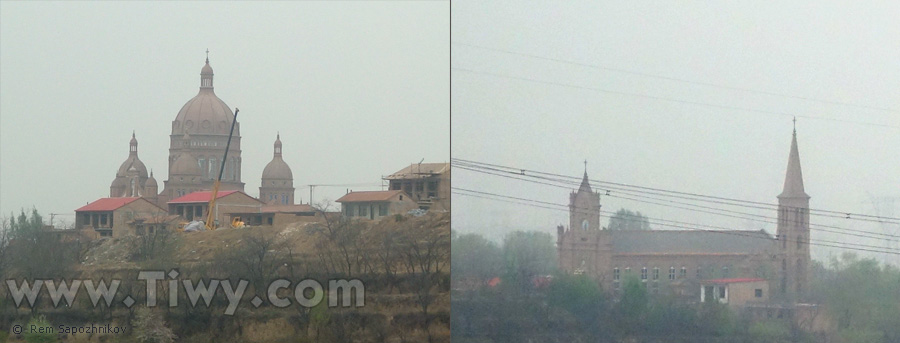
During all my railway travels along the province, I constantly saw towering crosses.
"... Yuxian (毓賢 - Yùxián) is also considered the most active proponent of anti-foreign movement, was the inspiration and organizer of Yihetuan Movement (Boxer Rebellion), opponent to the spread of Christianity in China.
... In December 1899, he was appointed a governor of Shanxi Province. There was a strong influence of British and American missionaries, and Yuxian in 1900 staged a mass slaughter of foreigners. He gave orders to bring to him all the missionaries who lived in the main provincial town of Taiyuan. When they were brought, they were ordered to prostrate themselves before the governor. First, he beheaded two Catholic priests and three missionaries, and then - the rest of men, women and children."
And this is a quotation from Wikipedia: "In total, during the reign of Yuxian in Shanxi 191 Western missionaries, more than 10,000 Chinese Christians were killed, 225 churches were burnt and destroyed."
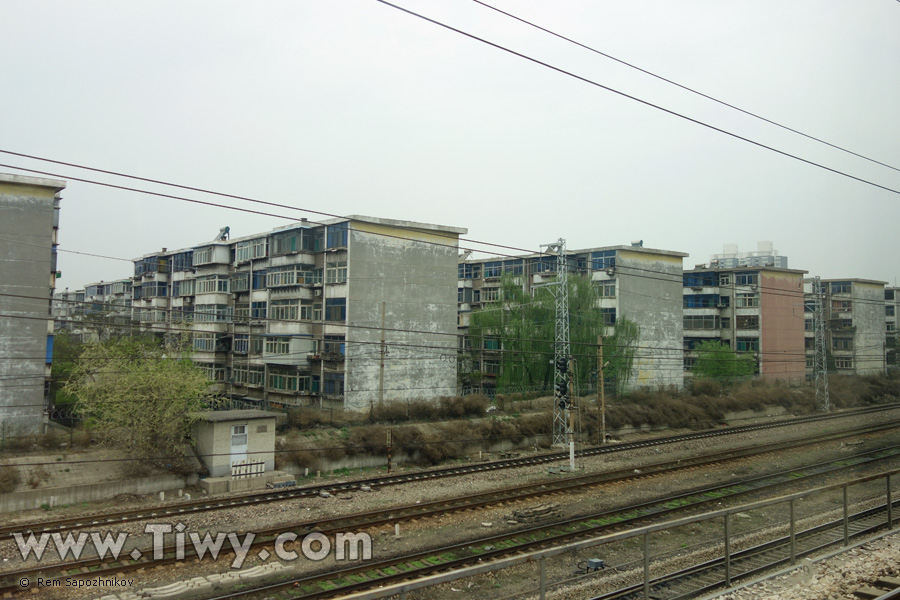
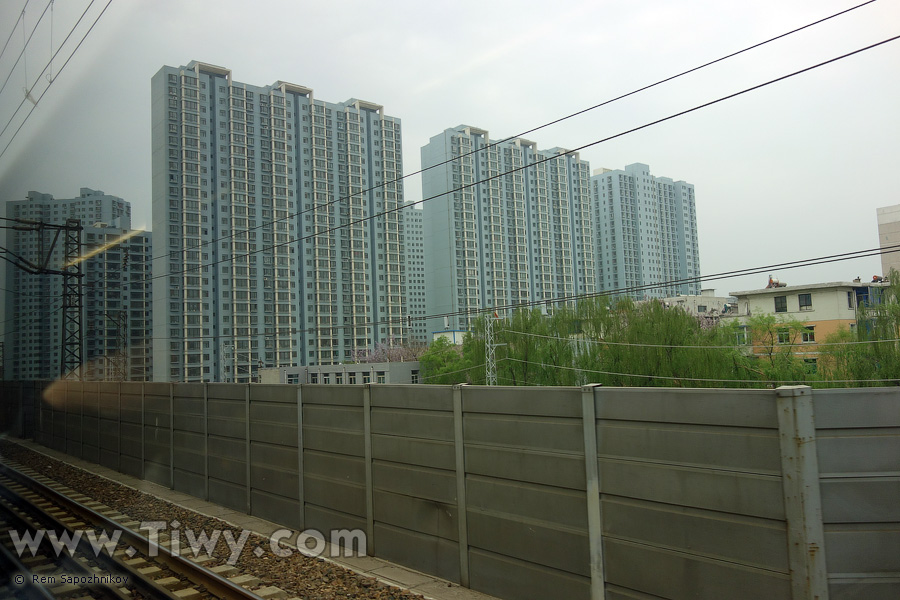
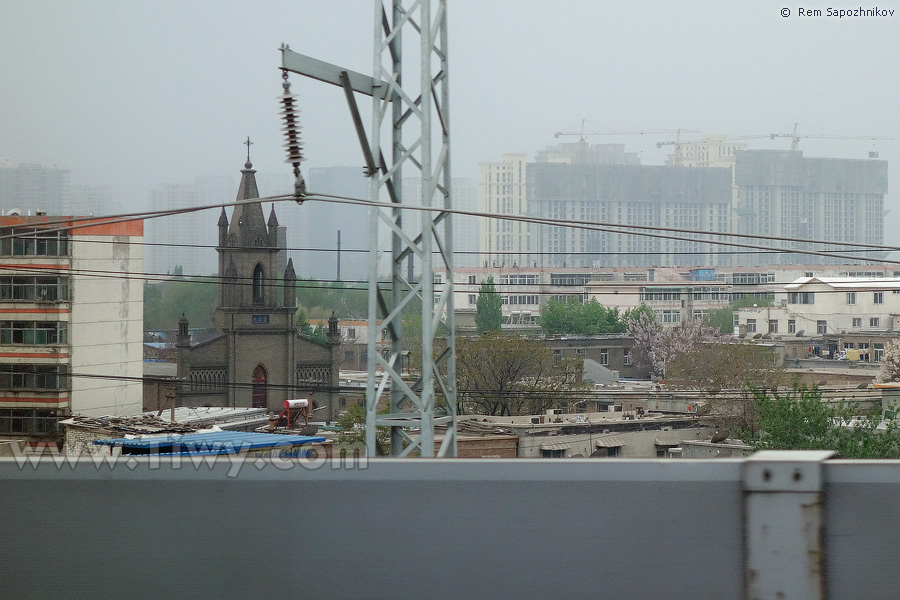
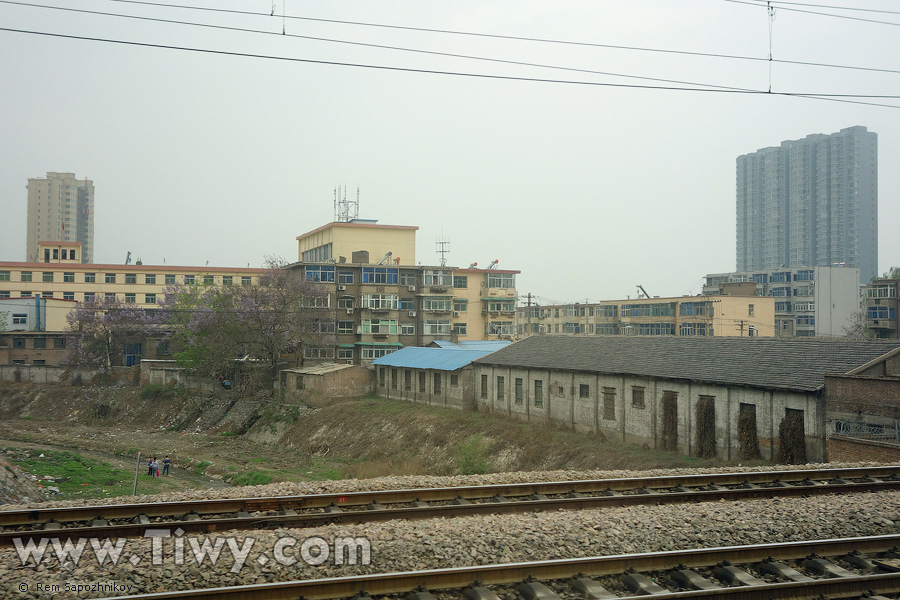
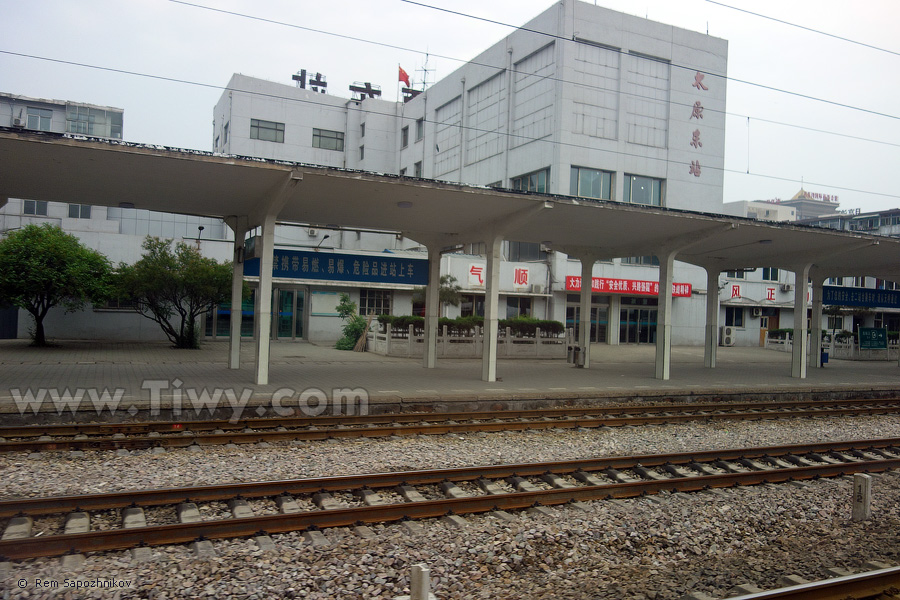
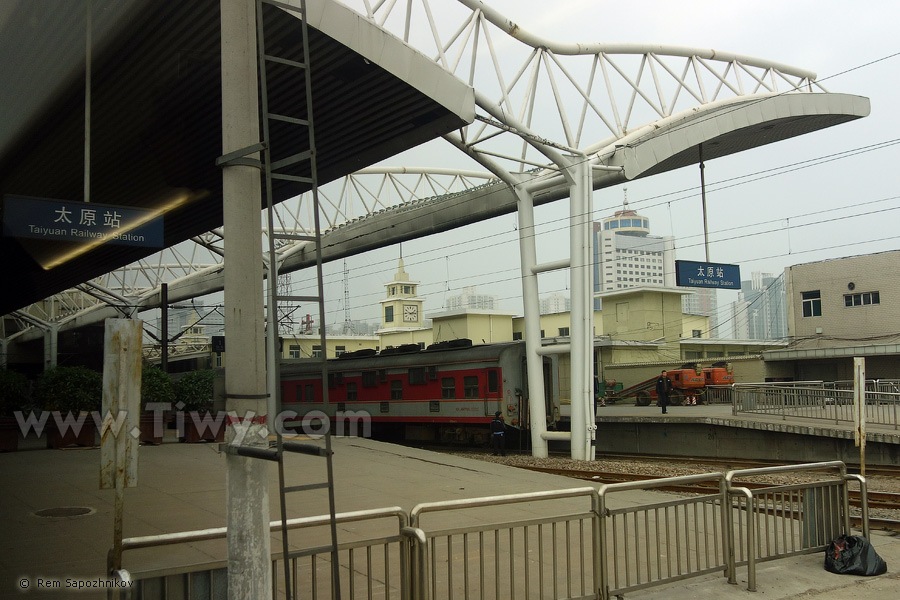
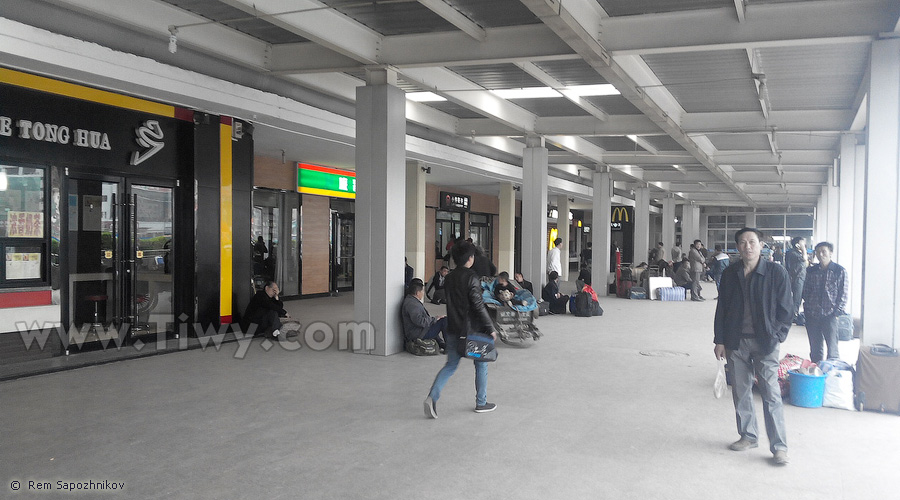
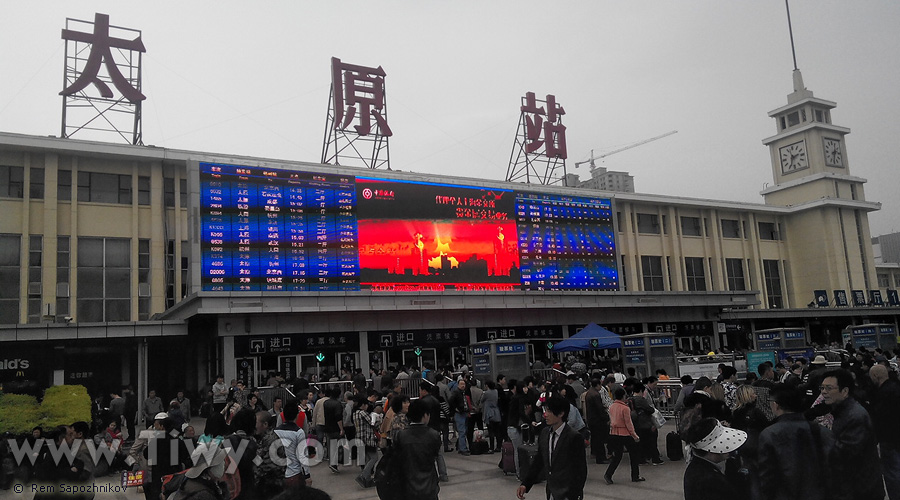
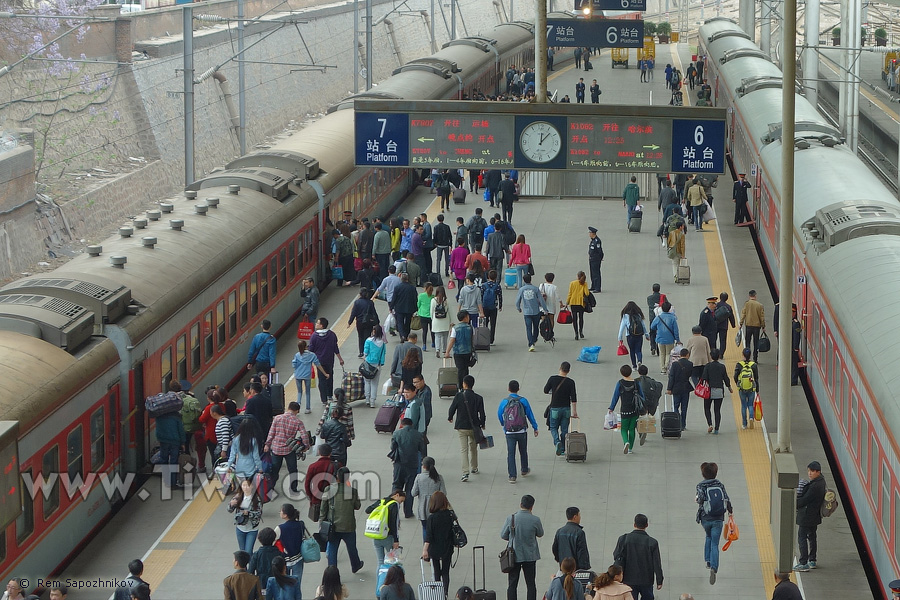
I took it from Taiyuan to Pingyao (108 km) for an hour and a half in the sitting car.
Ticket's cost was 16.5 yuan (98 roubles, or 2.7 USD).
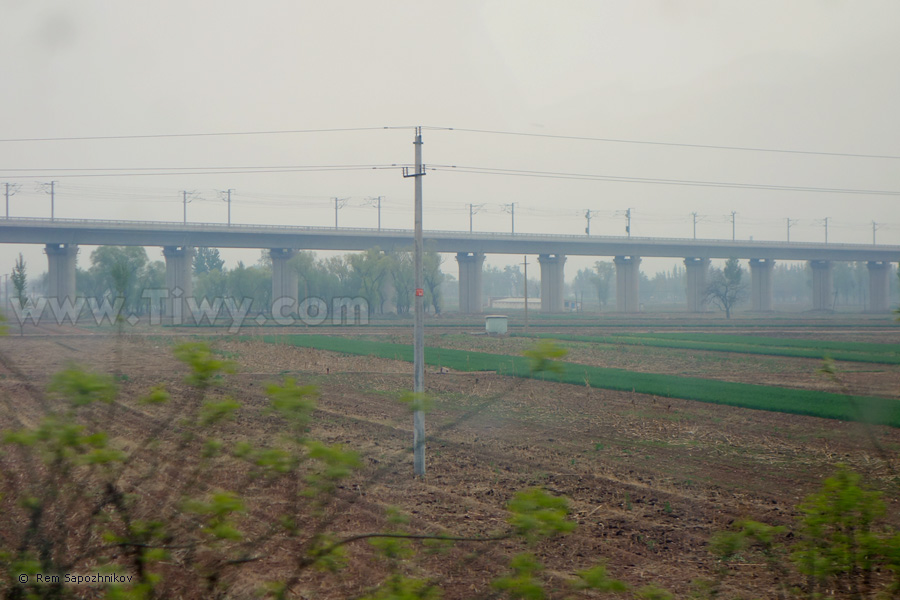
The line will connect Datong, Taiyuan and Xi'an.
